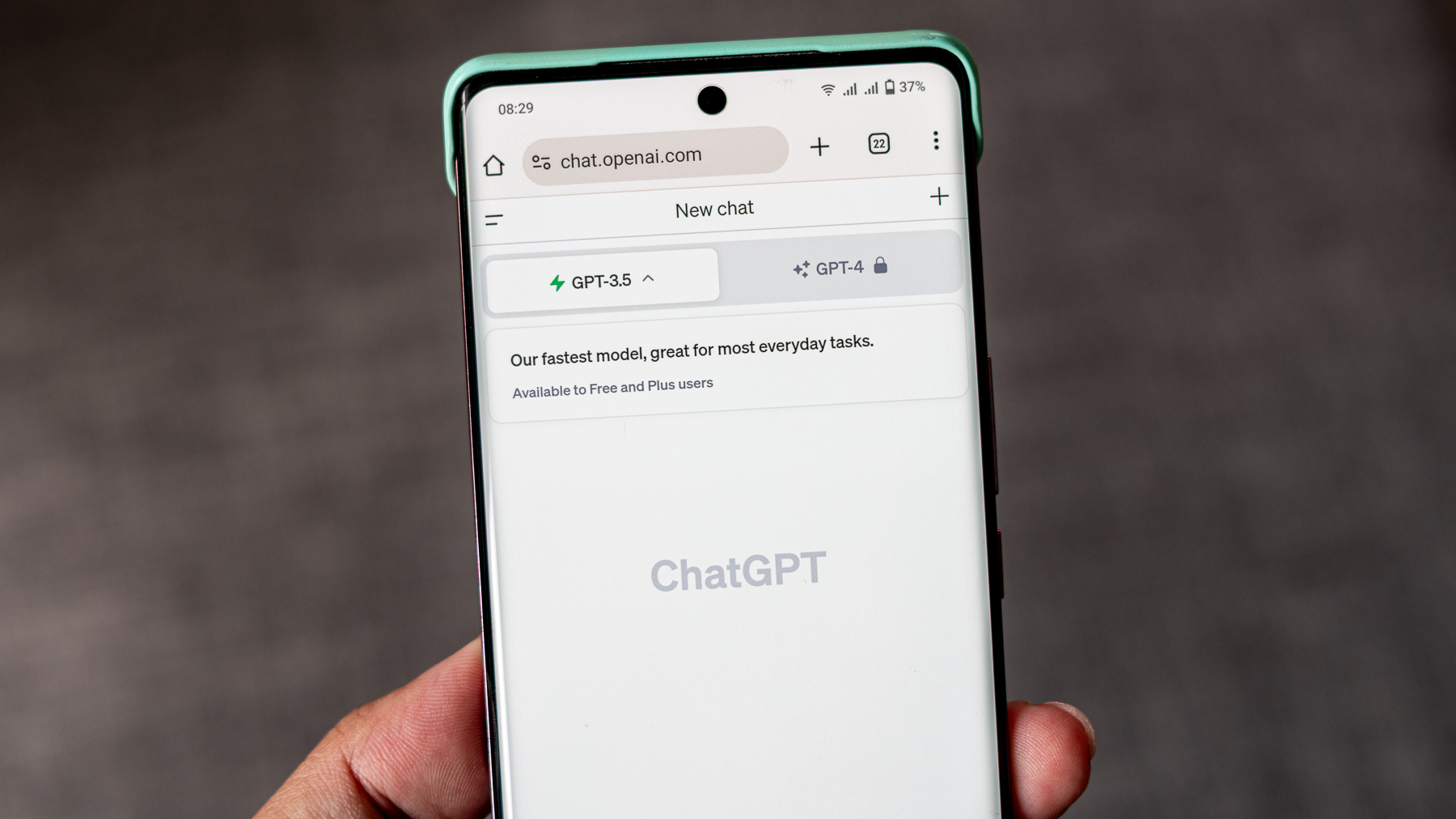Google Pixel 6 vs. 6a: Which should you buy?
We think the A should 'B' your next choice.
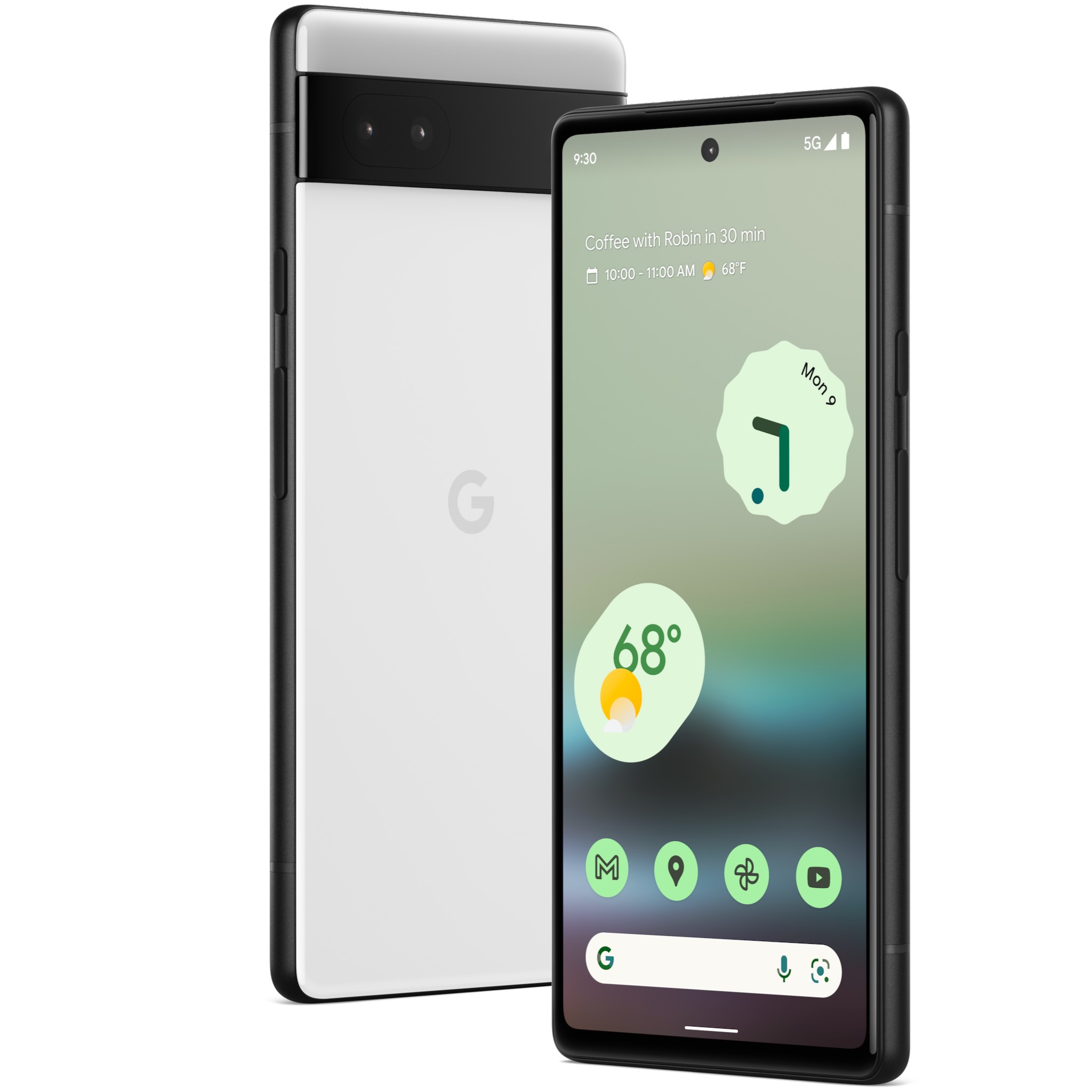
Serious value
The Pixel 6a represents a bold new vision of mid-range phones from Google. It's got the same great looks and powerful Google Tensor processor as the more expensive Pixel 6 without an increase in price over the Pixel 5a. The future looks great with Google!
For
- Google Tensor SoC
- Flagship-level camera software
- New in-glass fingerprint sensor
- 5G mmWave support
- Lower price
Against
- Only 60Hz display
- Slightly smaller battery
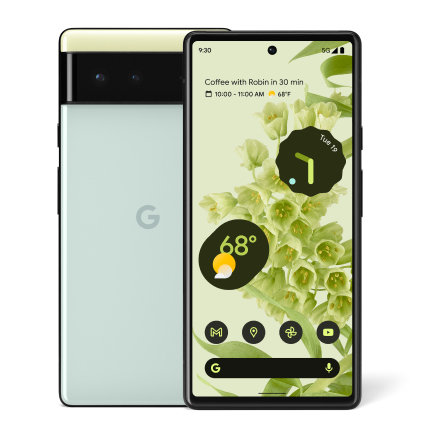
More for more
Google's Pixel is a masterful device in many ways, offering up an incredible value for just $600. A cutting-edge Google-designed processor, excellent new 50MP camera sensors, and a gorgeous 90Hz AMOLED display make it a great buy.
For
- Google Tensor SoC
- Larger battery
- 90Hz display
- 50MP camera sensors
Against
- Finicky fingerprint sensor
- Higher price
It's not often that you find a mid-range phone with a flagship-level processor, but that's exactly what Google did with the Pixel 6a. Inside is the same Google Tensor processor that you'll find in the far more expensive Pixel 6, and that's something to truly celebrate. But, for just $450, a few concessions had to be made on the Pixel 6a to achieve such a great price.
While the overall design of both phones is similar, the Google Pixel 6a is a bit smaller than the Pixel 6. That could be an advantage for some folks, but it also means a smaller screen. There are also some visual downgrades with the display quality, and Google is only including the last generation's Pixel cameras in the Pixel 6a, while the Pixel 6 features those incredibly impressive upgraded 50MP sensors onboard.
But is all that really worth the extra cost? Here's why the Pixel 6a is the best budget-minded phone around and why it's better than the more expensive Pixel 6 for most folks.
Google Pixel 6 vs. 6a: Seeing past the display
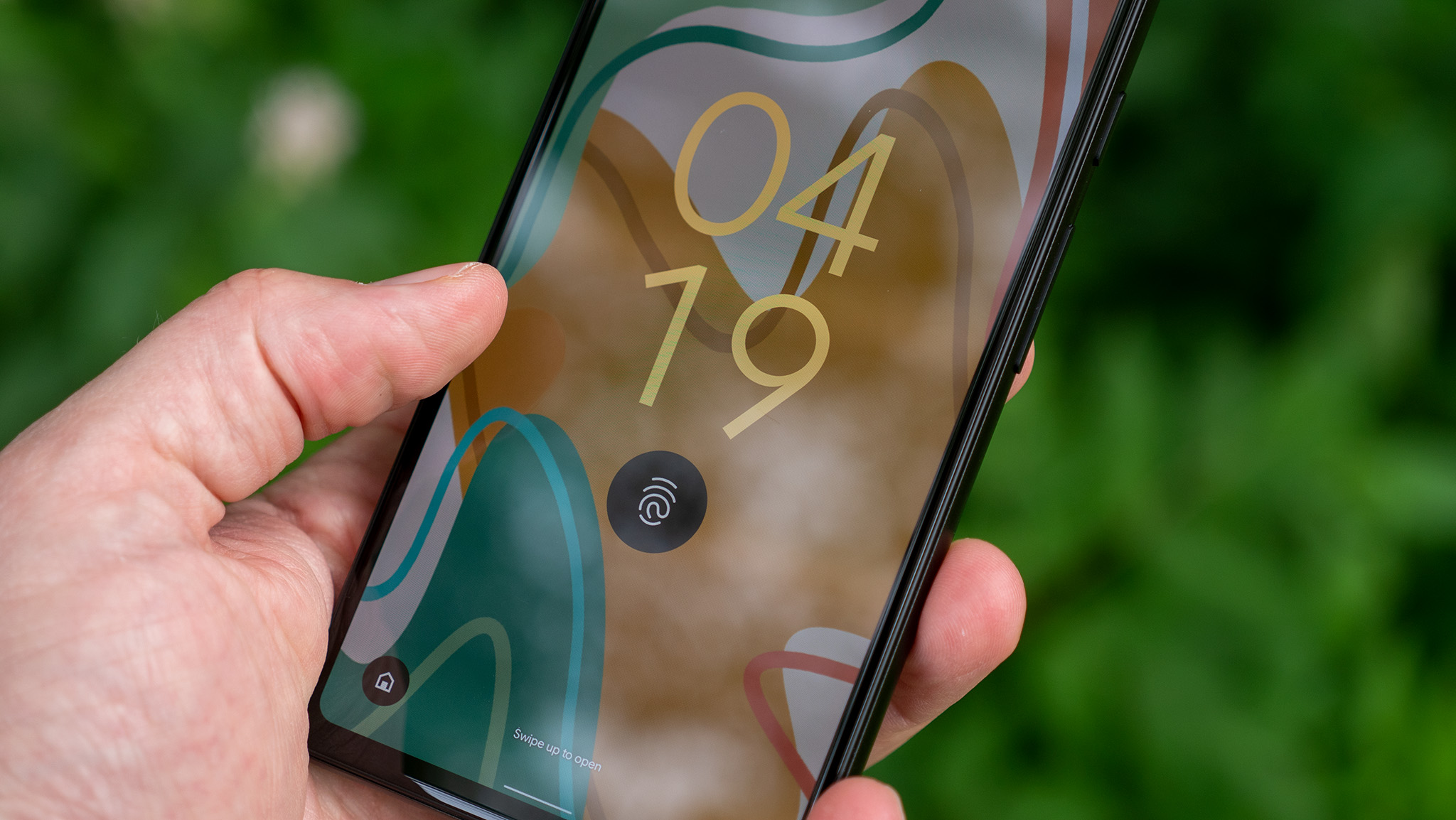
If you were to hold the Pixel 6 and the Pixel 6a next to each other and scroll through your favorite social media feed, you would immediately notice a difference. At just 60Hz, the Pixel 6a's display feels decidedly last-gen when compared to the smoother 90Hz display of the Pixel 6.
90Hz isn't the fastest refresh rate on a modern phone, but even the 50% increase in refresh rate makes the Pixel 6 feel much faster and smoother all around. Of course, the difference in refresh rate will negatively affect the battery life of the Pixel 6 since its processor has to redraw the display 50% more often every second. That's why the Pixel 6 has a bigger battery, after all.
But here's the deal. If battery life is a chief concern, you could always lower the Pixel 6's display down to 60Hz to save battery, giving you some real options.
While the refresh rate is the most immediate difference between the two phones, your eyes will easily adjust to the lower refresh rate of the Pixel 6a after a brief window of time. What you won't adjust to, however, is the lackluster fingerprint sensor in the Pixel 6.
| Category | Google Pixel 6 | Google Pixel 6a |
|---|---|---|
| Price | $600 | $450 |
| Software | Android 12 | Android 12 |
| Processor | Google Tensor | Google Tensor |
| RAM | 8GB | 6GB |
| Storage | 128GB | 128GB |
| Display | 6.4-inch AMOLED | 2400x1080 (411ppi) | 90Hz refresh rate | 6.1-inch AMOLED | 2400x1080 (491ppi) | 60Hz refresh rate |
| Protection | IP67 water/dust resistance | Gorilla Glass Victus | IP67 water/dust resistance | Gorilla Glass 3 |
| Security | In-display fingerprint sensor | In-display fingerprint sensor |
| Rear Camera 1 | 50MP Main camera, 1.2 μm, ƒ/1.85 | 12MP Main camera |
| Rear Camera 2 | 12MP Ultrawide, 1.25 μm, ƒ/2.2, 114° | 12MP Ultrawide |
| Front Camera | 8MP, 1.12 μm, ƒ/2.0 | 8MP, 1.12 μm, ƒ/2.0 |
| Battery | 4,614mAh | 4,410mAh |
| Charging | 30W wired, 10W wireless | 18W wired |
| Connectivity | 5G (sub-6, mmWave), Bluetooth 5.2, Wi-Fi 6/6E | 5G (sub-6, mmWave), Bluetooth 5.2, Wi-Fi 6 |
| Colors | Charcoal, Chalk, Sage | Charcoal, Chalk, Sage |
| Dimensions | 158.6 x 74.8 x 8.9 mm, 207g | 152.2 x 71.8 x 8.9 mm, 178g |
| Audio | Stereo sound | Stereo sound |
The Pixel 6a is using a different fingerprint sensor than the Pixel 6, which is a sigh of relief.
Even though many phones feature an in-display fingerprint sensor, the one Google used on the Pixel 6 is notoriously unreliable. Google has improved its speed and accuracy through software updates since the phone's launch, but it's still not a great experience.
Thankfully, for potential Pixel 6a owners, Google is utilizing a different fingerprint sensor in that phone. It's not as good as the one Google ended up including in the Pixel 7 but it's a heck of a lot more reliable than the Pixel 6's fingerprint sensor.
Google Pixel 6 vs. 6a: Cameras, cameras, cameras

Both the Pixel 6 and Pixel 6a feature two rear cameras — one main camera and one ultra-wide camera — but the Pixel 6 sports new 50MP sensors that are an upgrade over the 12MP sensors found in past-generation Pixel phones. On paper, at least.
Turns out, most of the magic on the Pixel 6 was due to the fact that it had a Google Tensor processor inside, not necessarily that it used newer sensors. As evidenced in our Pixel 6 vs Pixel 6a camera comparison, both phones perform identically in 95% of situations.
Even though the Pixel 6a only uses the 12MP sensors from older Pixel phones, you can be sure it's going to take a great picture every time you press the shutter button.
Google has regularly won the award for best and most reliable cameras year in and year out. Even though the Pixel 6a only uses the 12MP sensors from older Pixel phones, you can be sure it's going to take a great picture every time you press the shutter button.
What's more is that thanks to the Google Tensor processor inside, even those older camera sensors have learned some new tricks.
That amazing Face Unblur feature that makes the Pixel 6 the best phone for parents can be found on the Pixel 6a. It also comes with Real Tone, so you can be sure that your actual skin tone shines through and looks accurate in every photo, no matter how light or dark the surrounding lights are.
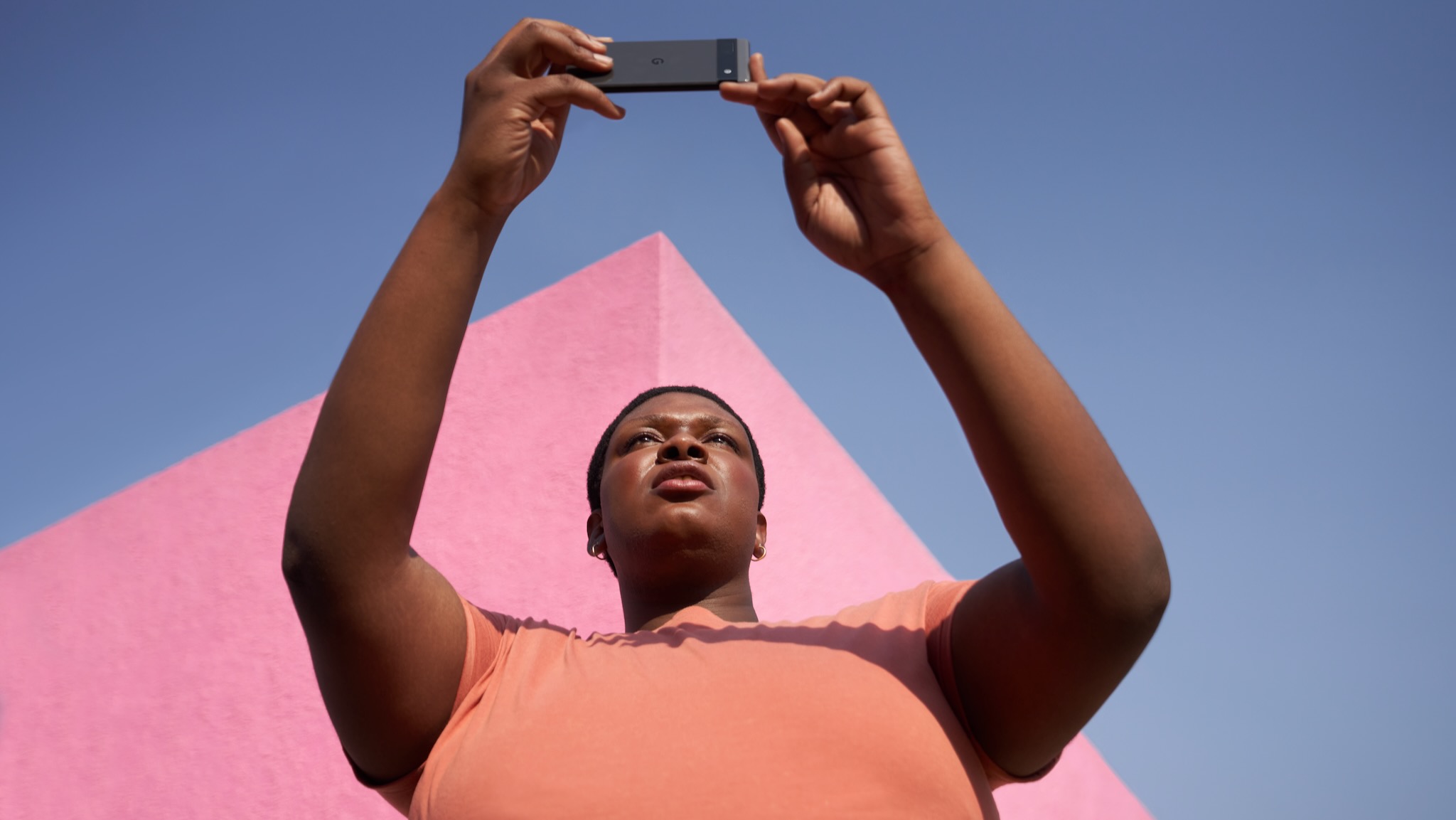
The Pixel 6a comes with great features like Real Tone and Face Unblur thanks to the Google Tensor processor inside.
The best part is that you don't have to remember to switch to some special mode for these great features to work, either. It's all automatic and is made possible by Google Tensor's AI-processing prowess.
Additionally, the truly magical Magic Eraser feature — that's the one that lets you erase objects and people you don't want in a picture — also comes stock with both the Pixel 6 and Pixel 6a thanks to Google Tensor.
The Pixel 6a is also packing the same front-facing camera as the Pixel 6, ensuring that even your selfies look better than ever before.
The only things you'll really be missing are the new motion modes — which are a heck of a lot of fun to use, but aren't mandatory additions to the camera software by any means — and better zoom detail made possible by the larger sensor in the Pixel 6.
Google Pixel 6 vs. 6a: Design without compromise

In the end, it's better for most people to choose the Pixel 6a and save some cash.
Even though it's $150 less than the Pixel 6, the Pixel 6a still features the same stunning, unique look of the Pixel 6 series. That even includes the aluminum frame all around the phone.
The Pixel 6a launched with Android 12 and already has the Android 13 update. It's also guaranteed three major platform updates and five years of security updates. That's the same promise Google makes with the more expensive Pixel 6.
There's even a Titan M2 security chip inside the Pixel 6a, meaning you won't need to sacrifice personal security online, even if you want to save some cash on the phone purchase.
Last but not least is a full suite of 5G connectivity for the Pixel 6a — including mmWave in the U.S. — so you'll always get blazing-fast network speeds everywhere you're covered.
So what didn't make the cut? There's no wireless charging on the Pixel 6a — a bummer but probably not a deal-breaker for most folks — and the battery is a bit smaller on the Pixel 6a when compared to the Pixel 6. When 90Hz Is enabled on the Pixel 6, it's not likely this difference will be felt, but Pixel 6 owners can always drop the refresh rate down to 60Hz and get longer battery life.
In the end, it's better for most people to choose the Pixel 6a and save some cash. You're getting 90% of the features for a 25% reduced price, and that's hard to say no to, especially these days when every little dollar seems to count more than ever.

Incredible value
The Pixel 6a represents the biggest step forward for Google's A-series of Pixel phones. It's the first powered by its in-house Tensor processor, features the same great looks as the more expensive Pixel 6, and is ready to blow you away without blowing your budget.

The upgrade choice
It might be $150 more, but you'll be getting an upgraded main camera sensor, a bigger battery, and a smoother 90Hz display.
Be an expert in 5 minutes
Get the latest news from Android Central, your trusted companion in the world of Android

